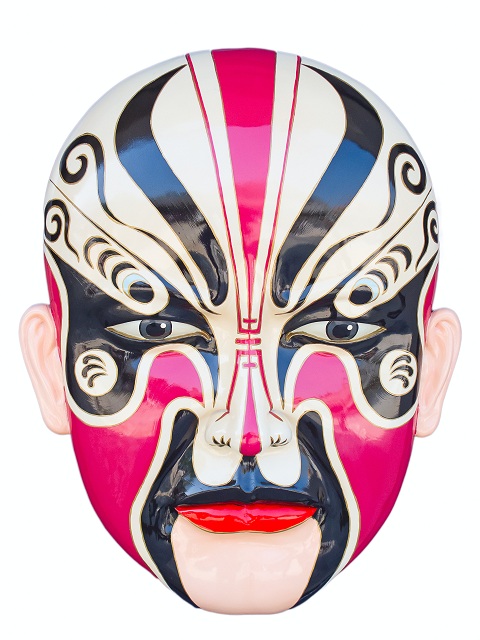Intrigued by Chinese masks? Find out about the cultural taboo and practices associated with this unique form of art.
Masks have been a prominent part of the Chinese culture for thousands of years. Mask making has been a traditional practice associated with religion and culture in China. The Buddhists had their own philosophies that inspired them to create masks and so did the nobles of Beijing. It seems that many Asian cultures were very fond of creating masks and today this ancient tradition serves as a means of interior decoration.
Spiritual Significance
The tradition of mask making is a cultural practice that all the different ethnic groups that lived in China throughout the ages engaged in. The masks featured mysterious looking faces that were inspired by the unknown world and served as totems and divine beings for the locals. The Chinese would pray to them and believe that they had the power to help them overcome disasters.
Hence we find that that historically Chinese masks served as a means of carrying such wishes. The masks were taken as a way to communicate with the many gods that the Chinese believed in. Additionally there were some masks that were taken as symbols of good luck and hence putting them up in their homes would attract good fortune. Other masks were taken as a means of warding off evil spirits and ghosts. There were many religious sacrificial rituals that were performed in ancient China which involved the use of masks.
A Mask For Every Purpose
Chinese masks have been popular throughout the history of the country irrespective of the ruling dynasty and their ethnic origins. Many unique customs have originated around Chinese masks. Chinese masks have actually been characterized according to the special functions that they played for the locals. Primarily the different masks included exorcising masks, Sorcerer’s masks, Tibetan masks, dramatic masks and Shamanic masks.
With the passage of time much of the taboo associated with Chinese masks has died down. No longer are the Chinese masks associated with religion and worship rather they are taken for their artistic value. Chinese masks are taken as a unique element of the Chinese culture and are sought after by the world wide public who seem to be infatuated by these highly creative aesthetic values.
Chinese New Years & Opera Masks
Today Chinese masks are most popularly featured in two main aspects of the Chinese culture. The Chinese New Year celebrations are amongst the traditional festivals that make use of Chinese masks even today. The other art form that makes use of Chinese masks is the art of Chinese opera performance. These performances feature Chinese masks that are painted on to the faces of the performers. The masks seek to describe the character that each performer is meant to play in the performance.
The Chinese masks that surface during the New Year season are exclusively used during that time of the year only. The general feeling generated by the Chinese masks during this festive season is that of happiness and joy.
The Chinese have made use of many different building materials to construct the masks such as various metals, stones, cloth, leather, grass and paper. They also incorporate the use of vibrant color schemes that give the masks their character.





